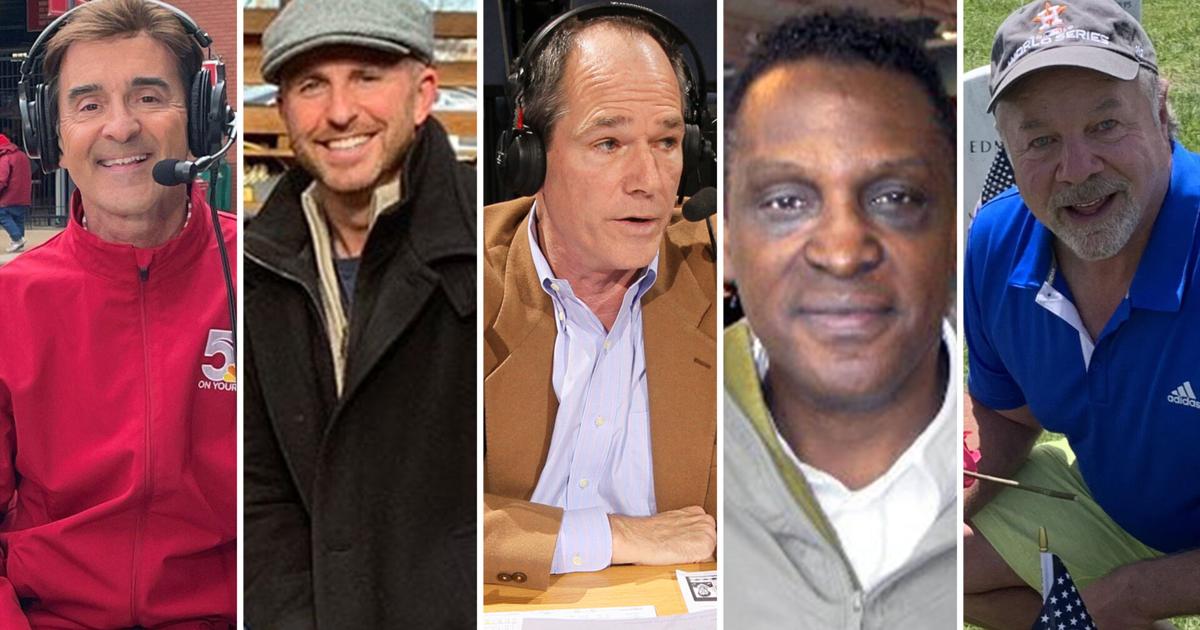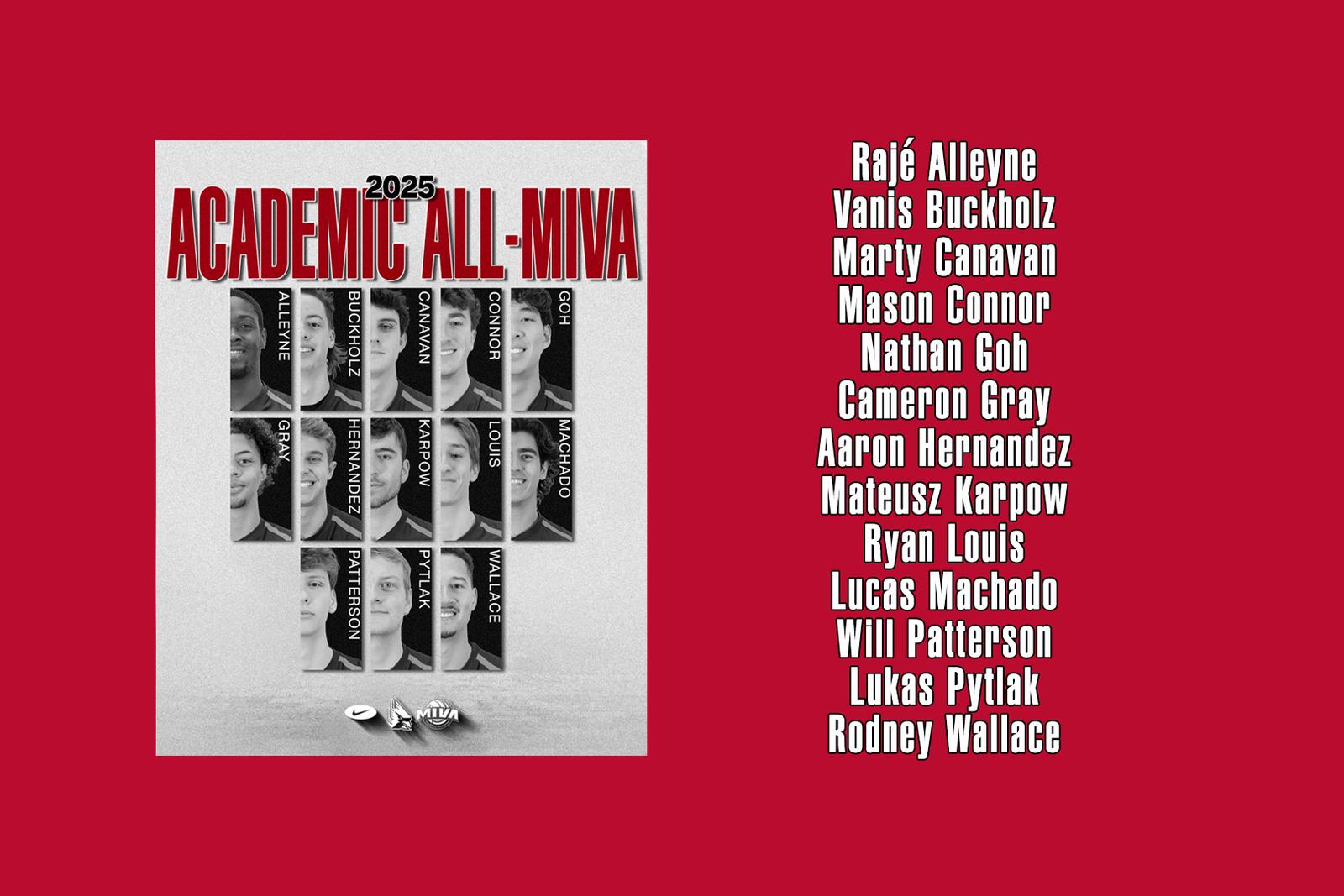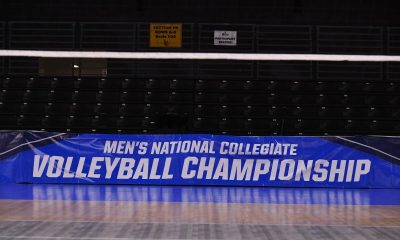For more than three decades, KFNS has taken a wild, rollicking and erratic run as St. Louis’ longest-running sports-talk radio station, one with an alumni roster that includes many of the market’s best-known sports talkers.
But 590 AM also has a dark underbelly, and its overall legacy is unrivaled by any other local station — likely nationally as well. That all comes to an end this weekend, when it leaves the jock-jabber business for talking about multiple topics and changes its call letters to KLIS (for the “Lou Information Station”).
The raucous ride began in 1993, when KEZK transitioned from music to sports formats and became KFNS a few months after St. Louis’ first all-sports station (KASP) failed. KFNS became so successful that it was sold in 2004 by a group led by Greg Marecek for what sources said was $11.5 million — $8 million more than it was purchased for six years earlier.
People are also reading…
Frank Cusumano was on the air at KFNS longer than anyone, covering three decades, and the early years were special.
“Man, did we land some guests in those days,” he said. “We had coaches like Don Shula and John Wooden. We had football (players) like Jim Brown and John Unitas. We had (basketball’s) Kareem Abdul-Jabbar and Rick Barry. We had (boxers) Larry Holmes and Joe Frazier. Back in those days, if you worked at it, you could get basically anybody on your show if you put in the time.”
Ken “Iggy” Strode was a go-getting producer at the station in addition to appearing on the air and booked many high-profile guests. He had four stints at KFNS and said the Marecek era was the best.
“That was the heyday,” he said. “In ’98, there still weren’t a ton of sports radio stations (nationwide), and for me as a producer, it was good because it wasn’t like 200 stations were calling somebody.”
Strode recalls getting New York Yankees owner George Steinbrenner on the air, from his hotel room, the day after the Yanks won the 1998 World Series.
“I found out where he was staying, called the hotel, asked for his room and he answered,” Strode said. “He said he had a couple minutes.”
That was normal procedure then.
“We got all those humongous names on the radio with that little, tiny scratchy signal,” Cusumano said.
It was an impressive lineup that now-longtime St. Louis sportscaster Tim McKernan encountered when he was trying to break into the business.
“So many great memories from starting as an intern in 1998 and getting a chance to meet and work with people who were so kind and helpful like Bernie Miklasz, Frank Cusumano, Bob Ramsey, Mike Claiborne, Dave Greene and Jay Randolph Jr.,” said McKernan, who had three stints at the station covering 14 years. “So many talented people have worked there — from the on-air staff to the producers to the sales people.”
While not first locally in the all-sports format, KFNS certainly has been the longest-running of many jock-jabberers that have appeared in the market.
“We really had a lot of talent go through there,” said Ramsey, who had multiple runs at the station covering about two decades. “When you look back and think of all the guys and what they provided on the air, we had some really important contributions because so many of us approached the same story of the same team from all different angles. I think over the course of a broadcast day the listener really got a ton of different perspectives that allowed them, in the end, to make their own decisions.
“From traditional morning shows to afternoon drives and getting people fired up, challenging the establishment to actually becoming part of the establishment with some things, it really came into its own as the destination for hardcore sports fans.“
It was a hodgepodge of approaches from the broadcasters, as no shows sounded the same.
“Kevin (Slaten) is yelling at people. Frank is the cheerleader. ‘Claibs’ is the analyst that really breaks it down, the connected guy is Bernie using numbers,” Ramsey said. “They could all be on the same story” but with vastly different angles.
Things were so good that KFNS added an FM station to carry its programming in some western and northern parts of the market where its AM signal was weak.
“For 15 years it really made a difference in the market,” Ramsey said.
The FM station was sold amid KFNS’ significant downturn that eventually reached epic proportions.
“It became the king of the carnival,” said Charlie “Tuna” Edwards, who was on the air in different slots across most of KFNS’ run. “I can say this wholeheartedly: I’ve seen and learned everything about talk radio, and I don’t think there’s anything new I can see after that. I’ve seen fistfights. I’ve seen it all.”
The tumble
KFNS eventually became a shell of itself. Contributing to its massive slide was stiff completion from WXOS (101.1), which entered the sports-talk business in 2009 on the more powerful FM band. That was coupled with the decline of radio in general, and AM in particular, in large part because of growing social media platforms. The station never regained the prominence it once attained.
“There never was any stability in that place once Greg sold it,” Strode said. “It went from one owner to another.”
Slaten, who had six stints at the station covering about two decades and is known for his pointed commentary, has a strong opinion about the station’s stark regression.
“It was the sports station in this town,” he said. “They dominated that part of the market. So the legacy of having that wonderful position in the marketplace is (this): No station probably in history was run in a poorer fashion than that one was by a succession of idiots. It was incredible how one group after another was more incompetent than the previous one. To me that’s a waste, because in its heyday it was really rocking.”
The low point hit in 2014, when utter chaos enveloped 590 — missed payrolls, employees abruptly dismissed, court judgments issued against the company. The flashpoint came when hosts from two stations under the same ownership group and working in a shared building began bad-mouthing other hosts on the air, and it got personal,. The situation became so volatile that a fistfight ensued between broadcaster Brian McKenna (who died in March) and the person running the operation, Dan Marshall, sending the boss to a hospital and the announcer to jail.
Not surprisingly, 590 left the airwaves later that year. The final blow came when Ameren shut off power to KFNS’ transmitter because it was owed about $1,200.
Randy Markel and a partner bought 590 out of bankruptcy about a year later and gave it a go. For a time McKernan was operating KFNS for Markel while also running “The Morning After” show that he co-hosted on the station, with the intent that he would buy 590. But the deal never was finalized.
Markel since has said the station was on track to become profitable in 2020, but the coronavirus pandemic ended that.
“It’s hard to run a sports-talk station with no sports,” he said. “But worse than no sports was no advertising.”
Markel said he lost millions of dollars owning the station before selling it to Dave Zobrist in a deal that was competed in early 2022.
Markel, a colorful native Texan who formerly owned two Chuck’s Boots stores in the St. Louis market, had no previous radio experience but enjoyed much of the soap-opera melodrama at KFNS despite taking the financial hit.
“I miss it. I miss all the backstabbing, all the dysfunction,” Markel has said. “But I had more fun trying to make that work and dealing with all the different personalities. … It was fun. Every day was a new challenge.”
Zobrist couldn’t make it last long term and in July dropped local talk, going all national, to cut costs as he tried to sell. While Zobrist was widely liked by those working for him, he couldn’t shake the key problem faced by some of his predecessors: lack of advertising.
“Of all the people I’ve worked under there, the only one I respect is Dave Zobrist,” Slaten said. “I have a lot of respect for Dave. … He wasn’t playing games, he treated everybody right, he was fair to everybody. But unfortunately the sales end of it wasn’t up to par.”
Zobrist finally has found a buyer (pending Federal Communications Commission approval) in Big Toe Media, run by longtime St. Louis broadcaster and media executive Dave Greene along with colleague Conrad Thompson. Greene is very familiar with 590, what with three stints there in a variety of managerial and on-air capacities across 12 years.
The new approach
Big Toe is set to pull 590 out of the sports-intensive format when Saturday night becomes Sunday morning, scheduling shows locally and nationally that will cover an array of topics. Some still will focus on sports, and University of Illinois football and men’s basketball broadcasts will return. But others programs will discuss subjects as diverse as business, the economy, entertainment, food and culture.
Local programming debuts Monday, and one show will be familiar to some listeners to the station before national fare took over last summer — Hot Take Central, with Cardinals television on-field reporter Jim Hayes and former Blues player and part-time broadcaster Cam Janssen. It will be rebranded as “Hot Take Central 2.0” and air from 8-10 a.m. on weekdays.
Hayes has a sense of humor about returning to 590.
“We like ‘Hot Take Central’ as a name and we’re not very creative to come up with another similar name,” he said.
The show’s approach will be similar to Round 1 — a mix of sports and other subjects.
“It was awful before and we plan on keeping it awful,” Hayes said. “I think it had it following and we hope to build on that. … Both of us are big sports fans so that’ll be a big part of it, but as it was before our day-to-day lives might be the biggest influence on what we talk about and what’s going on in St. Louis.”
Edwards, who mostly has done nighttime sports shows on KFNS, will be on from 11 a.m-1 p.m. on weekdays with a show that mixes news and entertainment with athletics talk. He’ll work with Tom Wylie and Joe Davis.
“It will be entertaining, mark my words,” Edwards said.
Longtime St. Louis University basketball radio analyst and local media figure Earl Austin Jr. will have a program at 11 a.m. Saturdays focusing on high school sports.
While there will be a diversity of shows and most subjects are fair game, politics is one that usually won’t.
“Unless it is the big topic of the day we are not” discussing that, Greene said. “There’s plenty of places to get political talk and my whole concept is that you know nobody wants to listen to the same thing over and over and over again.”
Greene and Thompson also are co-owners of Sports Hub STL, which debuted in February and has been billed as the market’s first media outlet to provide video sports content delivered strictly digitally. There can be some overlap of that outlet’s personnel with KLIS broadcasters, with both operating out of the 590 facility in Kirkwood.
Some people working on KLIS will buy their airtime and sell their own advertising, while a few will receive some pay from the company but also be responsible to its bottom line.
“Our content people are all expected to contribute to the sales side,” Greene said. “I always tell stations I take over and operate — ‘Congratulations. You’re all part of the sales marketing and recruitment teams.’ … They do contribute a little bit more when they have some skin in the game.”
He added: “Each of our show agreements is tailored to the creators (broadcasters), but one thing remains consistent: everyone plays a role in identifying local business partners and potential sponsors. Content creators know how to sell themselves, and we expect each of them to contribute by generating leads that our sellers, and I, can follow up on.”
Out with a thud
In this era with many media platforms tied together, the programming airing on 590 also is to be carried on YouTube, Apple Podcasts, Spotify and other podcast distributors.
In the end, the once illustrious reputation of KFNS as a major force on St. Louis radio finishes like this: basically as a throw-in to the other platforms KLIS will be on while being sold for what sources said is $250,000 — after once going for $11.5 million. The land near Bethalto on which the station’s transmitter stands is considered more valuable than the station itself.
“We look at this from a business standpoint as a land deal,” Greene has said. “We invested in a piece of property at a good price, and it happens to come with an entity (a radio station) that I have a pretty good idea of how to run.”
So what makes Greene think this can be a success after so many failures with 590?
“We completely bought it right (financially), and we’re going run it right,” he said. “It comes down to the way people consume content these days. Radio is simply one means of distribution. … We’re not relying on people coming to us, that’s the difference here. Digital distribution allows you to push your programming out to people, and if you’re using YouTube and Google correctly, then you are going to reach a lot more people. … That’s how it works these days.”



A tornado devastated the St. Louis area on May 16, and much of the following week was spent picking up the pieces. Volunteers turned out and the road to recovery began. View the week in St. Louis through the Post-Dispatch photographers’ lenses. Edited by Jenna Jones.

























































 STEPHEN A. CALLS OUT LEBRON for Giannis and NBA eras comments
STEPHEN A. CALLS OUT LEBRON for Giannis and NBA eras comments 
